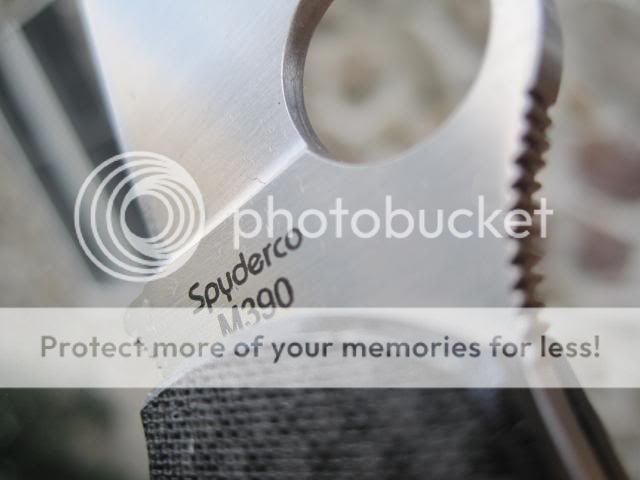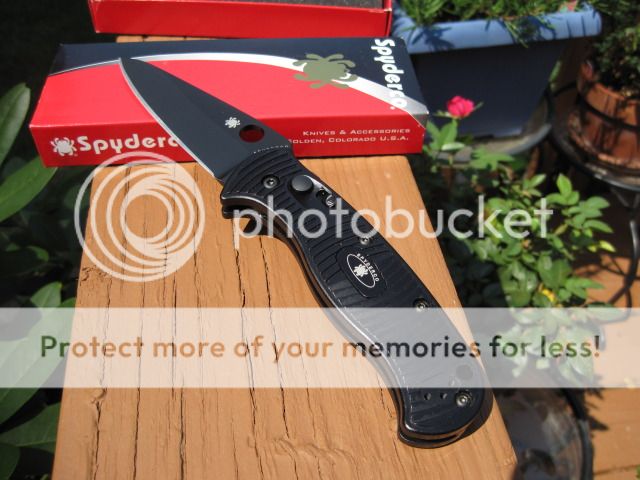But isn't this kind of a design thing more than a matter of material? A lot of makers just release the same blade geometry they use on other simpler steels for their "super steel" so they don't really give any of this benefit you're talking about. A lot of the time it's required of the user to put a more acute edge grind on the blade to achieve this, but then at that point aren't you just running into the problem of needing to remove more steel to make the acute angle?
No! (or YES! depending on how you are reading this...) That's the point! If a maker simply releases the same geometry without taking advantage of the steel, then there's no reason to buy the more expensive steel, assuming the cheaper steel worked well. Find a maker who understands steels and specializes in the "super" steels, and you won't have to thin anything out, it will come to you that way.
Ok, for example: Strength is a function of hardness. If you can harden a steel to 64 - 66 HRC, it will be stronger then if it is hardened to 55 HRC. You can then leverage that strength by **greatly** thinning out the primary bevel. While it might not be strong enough to support the edge at 55, now it is at 64. You can then optimize the blade by thinning it out greatly. There are makers who understand this and deliver their knives that way. It does come at a cost of lateral strength (not talking prying here), but the benefits are:
1. Edge lasting longer - you can use MUCH less force in a cut.
2. Sharpening faster - MUCH less steel to remove.
3. More precise cutting - much less force means easier cutting and greater precision.
Some steels can harden up to 66, some can't. Take advantage of those that can! I'm talking about edges in the range of 0.005 inches. Do that with a soft steel, and the edge just rolls/chips at the first cut. Do it with a steel that can handle the hardness, and it will cut a VERY long time, and sharpening is a 2 minute operation. If you're slow.

2 minutes, twice a year.

I'm editing this to death. So, find steels that are hardened to a minimum of 60HRC. That's a good starting point. S110v, CPM M4, K390, M390, CPM 10V, and many others. Here's a little known fact - 1095 and M2 HSS at 65 - 66 HRC absolutely rock. If you're used to 1095 at 57, the SAME steel at 65 will give you a heart attack. And it's not even a super steel...







